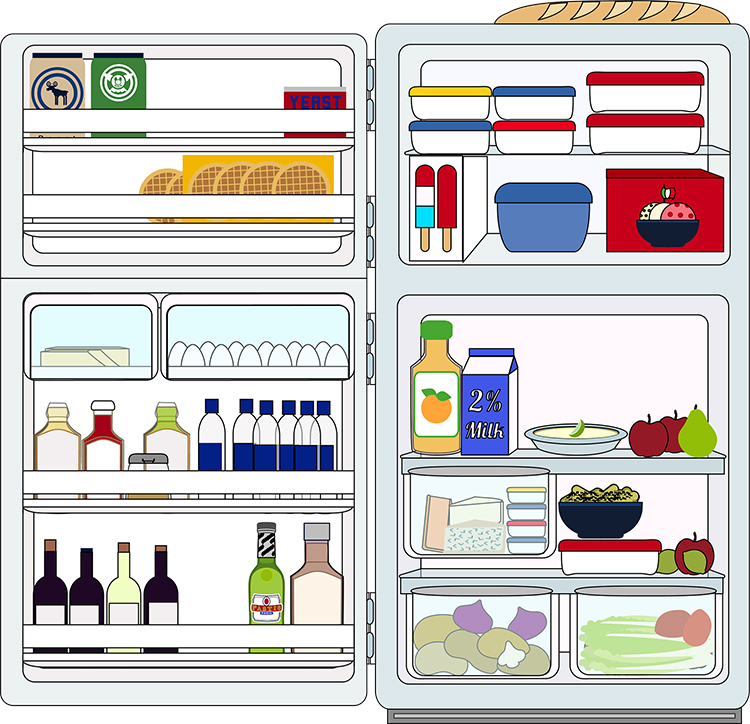
Plant-based dairy imitators may seem like they’re everywhere, but in reality, their market impact is small compared to the sales giant that is real dairy.
That was among the conclusions of researchers from the USDA Economic Research Service (ERS) who studied the grocery purchases of roughly 60,000 U.S. households every year from 2013 to 2017. While they recognized that plant-based products are one of the factors contributing to the additional decline in sales of fluid milk, they are not a primary driver of the change, the researchers affirm.
The rise in plant-based sales from an average of 0.028 gallon per household per week in 2013 to 0.038 gallon per household per week in 2017 only represents about one-fifth of the size of the reduction in purchases of dairy milk. For comparison, Americans were purchasing 0.409 gallons of milk per household per week in 2013 and 0.359 by 2017.
Particularly in the last few decades, the dairy industry has watched fluid milk sales slide, though at the same time, cheese, butter, and yogurt have achieved remarkable sales gains. Clearly, dairy remains an important part of the diet, and for the most part, that extends to fluid milk. In every year of the ERS research, over 91% of households bought cow’s milk at some point. Even among people who bought plant-based products, more than 90% also bought cow’s milk.
Some of the factors the researchers believe are contributing more heavily to reduced fluid milk consumption include demographic changes that have resulted in a smaller share of young people in the U.S. and continued generational differences in demand for milk. There are also more options in the beverage case now, such as bottled water and soft drinks, and more meals eaten away from home, where milk is less frequently chosen.
Pandemic reversal
As we saw in 2020, though, people flocked to dairy to drink, eat, snack on, and bake and cook with at home. From early March to the end of December, dairy sales grew by nearly $1 billion according to the National Milk Producers Federation (NMPF). That’s opposed to only a $400 million climb for dairy alternatives.
In that time, every fluid milk category NMPF looked at besides eggnog achieved year-over-year sales gains. Total milk sales growth equaled an additional 103 million gallons sold. Lactose-free milks, which provide an alternative to lactose-intolerant persons who may otherwise be interested in plant-based drinks, saw over 29 million more gallons sold last year than in 2019.
Though dairy demand is changing, the vast majority of Americans recognize that milk, cheese, and yogurt are a nutritious and affordable way to feed themselves and their families. Carrying on the demand growth of the pandemic provides exciting opportunities for dairy farmers and dairy processors.








